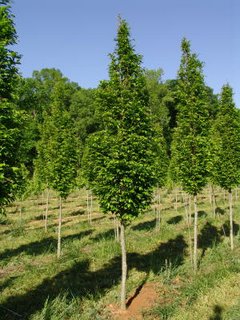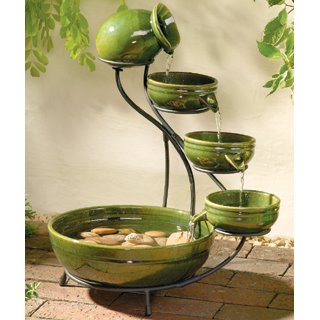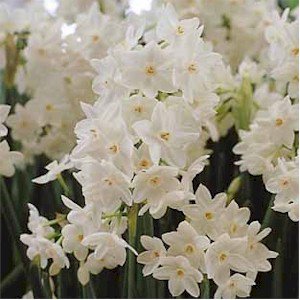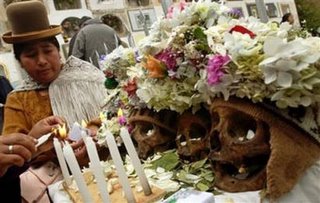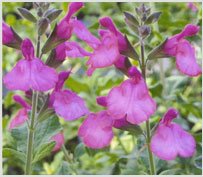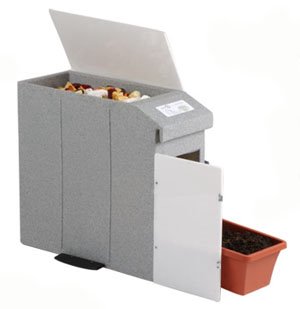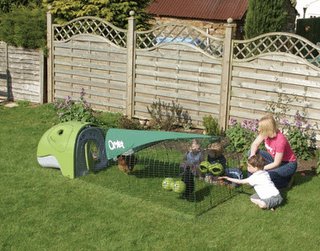Often, just a quick glimpse at a house reveals whether its residents include children. Kids have a tendency to make their mark: vagrant toys and boisterous games have a deleterious effect on perennial borders, while the brightly hued durable plastic that is typical of children’s play structures doesn’t make for the most elegant of garden furnishings. One can’t help but wonder, “Is it possible to have children and the garden of your dreams?”
Tim Folliott and Lisa McDonald, the couple behind a residential garden design and maintenance company called Urban Landscapes, are proof that you can do both.
The lots are narrow in their family-friendly neighbourhood just east of Main Street in Vancouver. Still, with careful planning and the odd shared resource – such as the communal tire swing that hangs from one of the ornamental cherry trees lining the cul-de-sac – there’s more than enough room for child’s play and great garden design.
Tim and Lisa bought their 1912 character home here in 1993 and welcomed the first of their two sons (Matt, 10, and Alex, 9) shortly after. At the time, a concrete driveway stretched from alley to attached garage, almost entirely consuming the backyard. Their first project was to remove the driveway, and replace it with an island lawn and simple beds.
“It turned out to be the first of many lawns,” Tim says. “Because it’s such a small, high-traffic area, any lawn we put in was just ground into mud. With active kids and the dog, the lawns just wouldn’t survive.”
These days, the only grass you’re likely to see on this property is ornamental. The lawn has been replaced by wide, pebbled pathways and curving beds. The gravel paths balance the lushness of the plantings: like pavement, gravel provides a resting place for the eye, but is softer and more fluid than conventional concrete or stone.
“I find that the smaller the garden, the more non-plant material (hardscaping such as paving, fencing, or steps) there should be, proportionally,” Tim says. “It looks better, it functions better. It’s almost counterintuitive, but it’s what works.”
Their lot is only 36 m long by 7.6 m wide (117 ft. by 25 ft.) but seems larger due to careful planning. And although it isn’t immediately apparent that two boys and most of the neighbourhood kids use it, the entire garden was designed to provide places for the children to play.
“There’s the tree house, the kids’ patio with the kid-sized Adirondack chairs, the basketball court, the hard-surface play area beneath the deck – but there is also plenty of garden in between, and that’s all very deliberate,” Tim says. By designating specific-use areas, the space succeeds in being both functional and attractive.
For example, the kid’s patio was placed where the afternoon sun hits – an important consideration in a shady yard. “The sun comes around the holly tree and a shaft of light hits the patio,” Tim says. “It’s a great place to hang out in the afternoon.”
The garden has undergone near-constant revision: changing as the boys grow, as the house is renovated and, often, as Tim “borrows” plants because they would look perfect in a client’s garden.
“Being married to a professional gardener,” Lisa adds, “means that you wake up some mornings and part of your garden is gone.”
The garden also evolves as the boys’ needs change. The playhouse, for example, used to be closer to the house, but was recently tucked into a leafy corner of the yard because Matt and Alex no longer need to be watched so closely.
“They weren’t using it in the same way,” Tim says. “They used to just go crazy out there, and now they use it in a pseudo-adult way; they read their comic books out there and just chill.” The playhouse’s unpainted timbers and surrounding screen of shrubs and trees add to the sense of it being a children’s hideaway, while making the structure less visible from the house’s main deck.
To provide space for active play, Lisa redesigned the stairs off the back deck – repositioning them to provide a place for the basketball court. The sunken area under the deck also provides a hard surface for activities like skateboarding and hockey.
Key to the success of both these areas is that they meld seamlessly with the garden – whether bordered by plantings or stone, the transition is smooth. But this isn’t necessarily good for neighbouring plants.
“The fact is, kids and dogs are bad for gardens,” Tim shrugs. Although foot-high wrought-iron fencing protects plants nearest the basketball court and other high-traffic areas, Tim says flexibility is the best way to stay sane.
“You can’t be really attached to, say, the blooms on an iris. I have a gorgeous bearded iris next to the basketball court, and without fail, the blooms get knocked off every year. The basketball lands in the middle of the peonies – it happens.”
“All you can do is give the kids some places that are definitely theirs, and others where they’re welcome,” Tim adds. “There shouldn’t be any no-go areas.”
It’s a philosophy that’s certainly worked for this family – and this garden.
Gardening with kids? Urban Landscape’s Tim Folliott offers a few tricks of the trade:
Play ball. Basketball or other sports courts can be attractive and multifunctional. A brick patio can do doubleduty as a basketball half-court: create the play/patio surface using brick and border the edge in a contrasting colour.
Think water. “If you can find a way to introduce water - even if it’s a small water feature,” Tim says, “the kids will love it.” Be sure to take safety into consideration if your children are very young.
Plant a climbing tree. If you plant a tree when your children are toddlers, it will be ready to climb by the time they’re nine or 10. When choosing a tree, pay attention to its stature. “Trees are great to plant as ‘teenagers’ – skinny and lanky and full of potential,” Tim advises. “If you plant something larger, it will often sulk for a long time.”
Prunus serrulata (Japanese cherry)(zone 5) and
Acer rubrum (red maple)(zone 3) are Tim’s picks for climbing trees.
Plant a “birth tree.” Matt and Alex both have trees that are special to them – planted when each was born. Matt’s is a Japanese maple, and Alex has an apple tree.
Choose gravel. Tim used gravel underneath the playhouse because cats won’t use it the way they use sand. “When the boys were little, they loved to take their Tonka trucks out there and move the gravel around,” Tim says.
Give them a veggie patch. This is a great way to get kids interested in gardening – and maybe even in eating the vegetables they grew!
Copyright Andrea Bellamy 2005. First published in
GardenWise.

